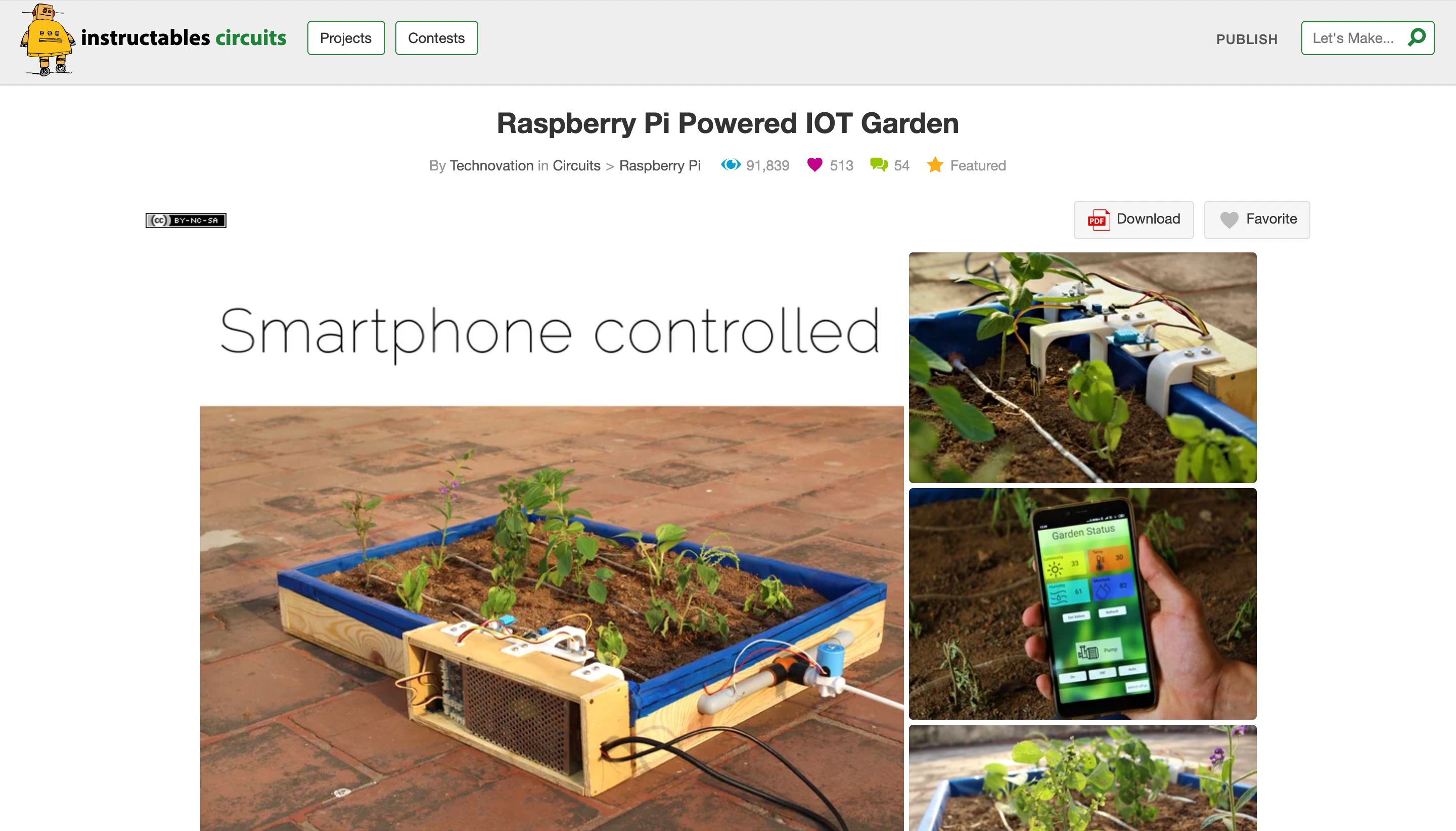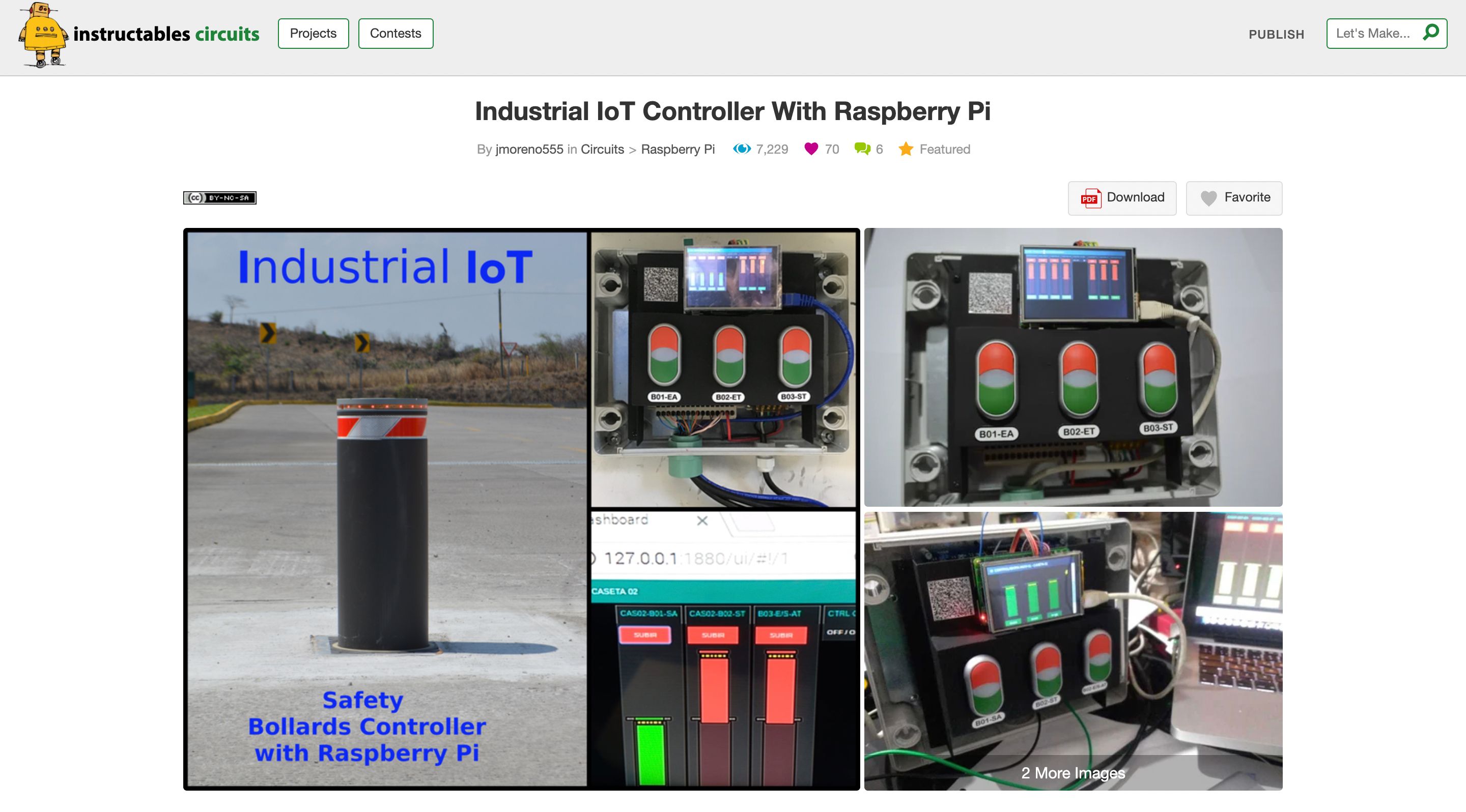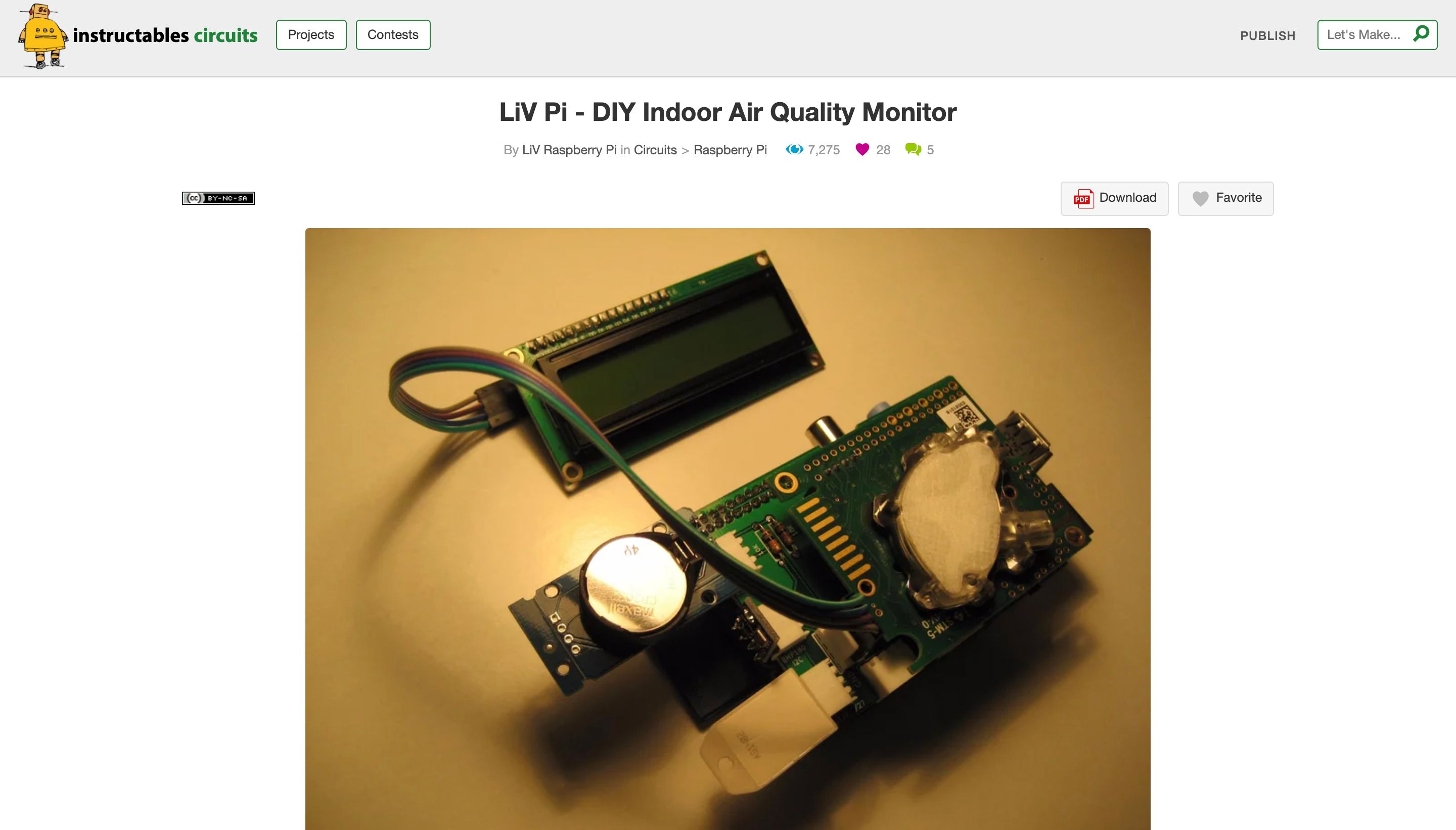SSH Raspberry Pi IoT Projects - Your Home Automation Friend
Have you ever thought about making your home a little smarter, perhaps controlling things from afar, or maybe just keeping an eye on your plants while you're out? Many people are, you know, getting into the idea of connecting everyday items to the internet. This whole area of "Internet of Things," or IoT, is pretty exciting, and a tiny computer called the Raspberry Pi is, like, a big part of it. It's a small, very affordable computer that's just perfect for these kinds of smart projects, allowing all sorts of cool things to happen.
So, you might be wondering how you actually talk to these little devices once they're set up, especially if they're sitting in a corner of your house or even somewhere else entirely. That's where a very handy tool called SSH comes into the picture. It's a secure way to access your Raspberry Pi, making sure that only you can tell it what to do. This means you can be almost anywhere and still check in on your IoT creations, or even give them new instructions.
This whole guide is, basically, here to walk you through how to use SSH with your Raspberry Pi for all your IoT ideas. Whether you're someone who loves to tinker with tech, a person who enjoys a good hobby, or just curious about what's possible with connected gadgets, this information will show you, in a way, everything you need to know. We'll look at how to get things set up, how to keep your connections safe, and how to make the most of this simple yet powerful way to manage your devices from a distance.
- Dakota Johnson Oscars
- Vivian Liberto
- Sean Penn On Friends
- Amy Yasbeck John Ritter
- Is Rachael Ray Still On Tv
Table of Contents
- What Is SSH and Why Bother With It for Raspberry Pi IoT Projects?
- How Can I Access My Raspberry Pi IoT Projects From Anywhere?
- Making Your SSH Raspberry Pi IoT Connections Safe
- Exploring Free Options for Remote SSH Raspberry Pi IoT Access
What Is SSH and Why Bother With It for Raspberry Pi IoT Projects?
So, when we talk about SSH, we're really talking about "Secure Shell." It's, basically, a way to get into another computer over a network, but with a good amount of protection. Think of it like a secret, private tunnel between your computer and your Raspberry Pi. This tunnel makes sure that whatever information you send back and forth, like commands or data, stays private and isn't easily seen by others. For your smart home devices or any IoT gadget, this kind of security is, well, really important, especially if you're checking on them from a coffee shop or somewhere public.
The Raspberry Pi, as a matter of fact, has become incredibly popular for all sorts of IoT setups. Its small size, low cost, and ability to do many different things make it a favorite for people who want to build their own connected systems. Because so many people are using these little computers for IoT, having a good, dependable way to reach them from a distance has become, you know, more important than ever. SSH provides that very connection, letting you manage your projects without needing to be right next to the device.
It's not just about turning things on and off, either. With SSH, you can, like, update the software on your Raspberry Pi, check if everything is running smoothly, or even fix problems without unplugging anything. This ability to manage and keep an eye on your projects remotely needs a strong and safe way to connect, and SSH fits that need perfectly. It helps ensure your IoT systems are both dependable and private, which is, honestly, a big deal when you're dealing with things connected to the internet.
The Secure Shell Connection for IoT Raspberry Pi
The secure shell, or SSH, is a powerful way to manage your internet-connected projects that run on a Raspberry Pi. By following the steps we're going to talk about, you can set up and use SSH for your IoT applications in a way that keeps things private. It's important to remember to put good safety habits into practice for your SSH connections and, you know, look into some of the more advanced features to get the most out of what it can do. This tool, quite simply, offers a secure path.
Remote management of IoT devices, with a particular focus on the secure ways to get to Raspberry Pi web devices from a distance, is something this discussion looks into. Services like SocketXP, for example, are cloud-based solutions for managing and getting to IoT devices remotely. They provide SSH access to IoT gadgets that are located far away, like a Raspberry Pi or even an Arduino. This means you can, in a way, have a direct line to your device, no matter where it is physically located.
When it comes to remote IoT platforms, SSH with a Raspberry Pi really does offer a strong and safe way to handle your connected devices effectively. By getting a good grasp of how to set up and keep SSH safe, both people who do this for fun and those who do it for work can, basically, bring out the full capabilities of their IoT projects. It helps you keep things running smoothly and, you know, makes sure your data stays private, which is pretty important for any smart setup.
How Can I Access My Raspberry Pi IoT Projects From Anywhere?
So, the idea of being able to control your home appliances, keep an eye on your surroundings, or even get your garden watering system to work on its own from any spot in the world, all with a tiny device the size of a credit card, is, like, pretty amazing. This ability to connect to your Raspberry Pi IoT projects from anywhere, often without any cost, is a truly strong feature. It means you're not tied to being in the same room as your device; you can be across town or even, you know, across the globe.
To access your Raspberry Pi IoT projects from anywhere using SSH, all you really need is a steady internet connection and a Raspberry Pi that's been set up correctly. It's, honestly, simpler than you might think. You can even set up SSH access for your Raspberry Pi IoT projects using an Android device, which means you can be on the go and still check in on your smart home. Learning how to access your Raspberry Pi remotely using SSH opens up a lot of possibilities for how you interact with your connected gadgets.
There are different ways to connect to your Raspberry Pi or IoT device from a distance over the internet without needing to change your router settings, which is often called "port forwarding." Methods such as SSH are, you know, key here. This means you can keep your home network more secure while still having the freedom to manage your devices. The growing interest in SSH Raspberry Pi IoT projects shows that more and more people are looking into what's possible with remote access in IoT systems, and it's quite a practical solution.
Getting Started with SSH Raspberry Pi IoT for Beginners
Welcome to the area of SSH Raspberry Pi IoT projects for those just starting out. If you've ever thought about how to begin with internet of things projects using a Raspberry Pi, you've, basically, come to the right place. Whether you're a person who likes technology, someone who enjoys a hobby, or just curious about what IoT can do, this guide will show you, you know, everything you need to know. It's a great way to start building your own smart systems.
When you're first getting started, these SSH Raspberry Pi IoT projects offer a fantastic way to learn and try out IoT technology. By following the steps that are shown in this guide, you can get your Raspberry Pi ready, get a good grasp of SSH, and make exciting projects that, honestly, build up your skills and what you know. It's a very hands-on way to learn about how connected devices work and how you can control them from afar.
The Raspberry Pi, with its wide use in IoT applications, has, you know, made it even more important to find the best SSH ways to connect. This information is your guide to looking through the different free SSH tools made for Raspberry Pi, making sure your IoT projects are private, work well, and can grow as you need them to. It helps you choose the right tools to keep your projects running smoothly and, like, safely, which is pretty important.
Making Your SSH Raspberry Pi IoT Connections Safe
When you're dealing with anything connected to the internet, especially your own personal devices, keeping things safe is, well, really important. SSH provides a secure way to connect, but there are still steps you need to take to make sure your connections are as protected as they can be. It's not enough to just use SSH; you also need to set it up in a way that makes it harder for unwanted guests to get in. This means thinking about things like strong passwords and other security measures.
For instance, using very strong, unique passwords for your Raspberry Pi is, basically, the first line of defense. And then, there's something called SSH key authentication, which is even better. Instead of just a password, you use a pair of digital keys – one stays on your computer, and the other goes on your Raspberry Pi. This makes it much, much harder for anyone to guess their way in, since they would need your specific key. It's a bit like having a special, unguessable lock and key for your device, you know, making it very private.
Also, it's a good idea to keep your Raspberry Pi's software up to date. Updates often include fixes for security weaknesses, so by making sure everything is current, you're, like, patching up any potential holes that someone might try to exploit. Regularly checking for and applying these updates is a simple but very effective way to maintain the safety of your IoT projects. It's a bit like regular maintenance for your car, keeping it running well and, you know, safely.
Best Practices for Secure SSH Raspberry Pi IoT
To really get the most out of your SSH connections for Raspberry Pi IoT projects, it's wise to put some good safety habits into practice. Beyond just using strong passwords or SSH keys, you might want to consider changing the default SSH port number. Most people know that SSH usually uses port 22, so changing it to something else makes it a little harder for automated attacks to find your device. It's not foolproof, but it adds an extra layer of, you know, obscurity.
Another helpful step is to disable password login entirely once you have SSH key authentication set up. This means that only someone with the correct digital key can get in, completely removing the possibility of someone guessing your password. It's, basically, a very strong way to keep your Raspberry Pi private. This is a bit more advanced, but it offers a much higher level of protection for your internet-connected devices, which is pretty important for any smart home setup.
Finally, limiting who can access your Raspberry Pi via SSH is also a good idea. You can configure your Raspberry Pi to only accept connections from specific IP addresses, for example, your home network's address. This means even if someone somehow got your key, they couldn't use it unless they were connecting from a location you've approved. This really helps to keep your IoT systems safe and, you know, makes sure only authorized people can manage them.
Exploring Free Options for Remote SSH Raspberry Pi IoT Access
The ability to manage your Raspberry Pi IoT projects from anywhere, often without any cost, is a truly powerful feature. There are many ways to get this done, and many of them are completely free to use. This means you don't need to spend money on special services just to check in on your smart devices or give them new instructions from a distance. It's, honestly, a big part of why Raspberry Pi and IoT have become so popular for hobbyists and tech enthusiasts alike.
For example, simply setting up SSH on your Raspberry Pi and then using a standard SSH client on your computer or phone is, you know, a very common and free way to connect. Many operating systems, like Linux and macOS, have SSH built right in, and for Windows, there are free tools you can download. This makes it quite accessible for anyone who wants to start experimenting with remote control of their IoT projects, without needing to buy extra software.
Beyond the basic SSH setup, there are also some free services that can help if your home network makes direct connections tricky, for instance, if you're behind a strict router. These services often create a secure tunnel for you, making it seem like your Raspberry Pi is directly connected to the internet, even if it's not. This can be very helpful for people who want to access their devices without getting into complicated network settings, which is, basically, a big relief for many.
Finding Free SSH Tools for Raspberry Pi IoT
This article is, you know, your guide to looking through the different free SSH tools made for Raspberry Pi, making sure your IoT projects are private, work well, and can grow as you need them to. Many of these tools are open-source, meaning they're developed by a community and are available for anyone to use and even modify. This collaborative approach often leads to very dependable and widely tested software, which is pretty good for security.
One common free tool for Windows users is PuTTY, which is, basically, a very well-known and widely used SSH client. It's simple to download and set up, allowing you to easily connect to your Raspberry Pi from a Windows computer. For those who prefer a command-line approach, many operating systems have SSH commands built right in, making it very straightforward to open a secure connection without needing any extra software. This makes it, you know, quite flexible for different users.
Also, some services provide free tiers for remote access, which can be useful for smaller projects. While they might have limits on how much data you can transfer or how many devices you can connect, they offer a way to get started without any financial commitment. This allows you to, like, test out the waters and see if remote management suits your needs before investing in more comprehensive solutions. It's a very practical way to begin exploring what's possible with your connected devices.
So, getting good at using SSH for remote IoT Raspberry Pi is, honestly, a very valuable skill that can really make your projects much better. Secure Shell, or SSH, provides a way to connect that keeps your information private. This discussion looked into how you can get free SSH remote tools for your Raspberry Pi, looked at what you can use them for, and how to make them work as well as possible for IoT. It's all about making sure you can manage your devices with ease and confidence.
- Princess Margret Photo
- Shiri Appleby Sexy
- Tilly Return
- Is Rachael Ray Still On Tv
- Maggie Sajak Wheel Of Fortune

The 10 Best Raspberry Pi IoT Projects

The 10 Best Raspberry Pi IoT Projects

The 10 Best Raspberry Pi IoT Projects